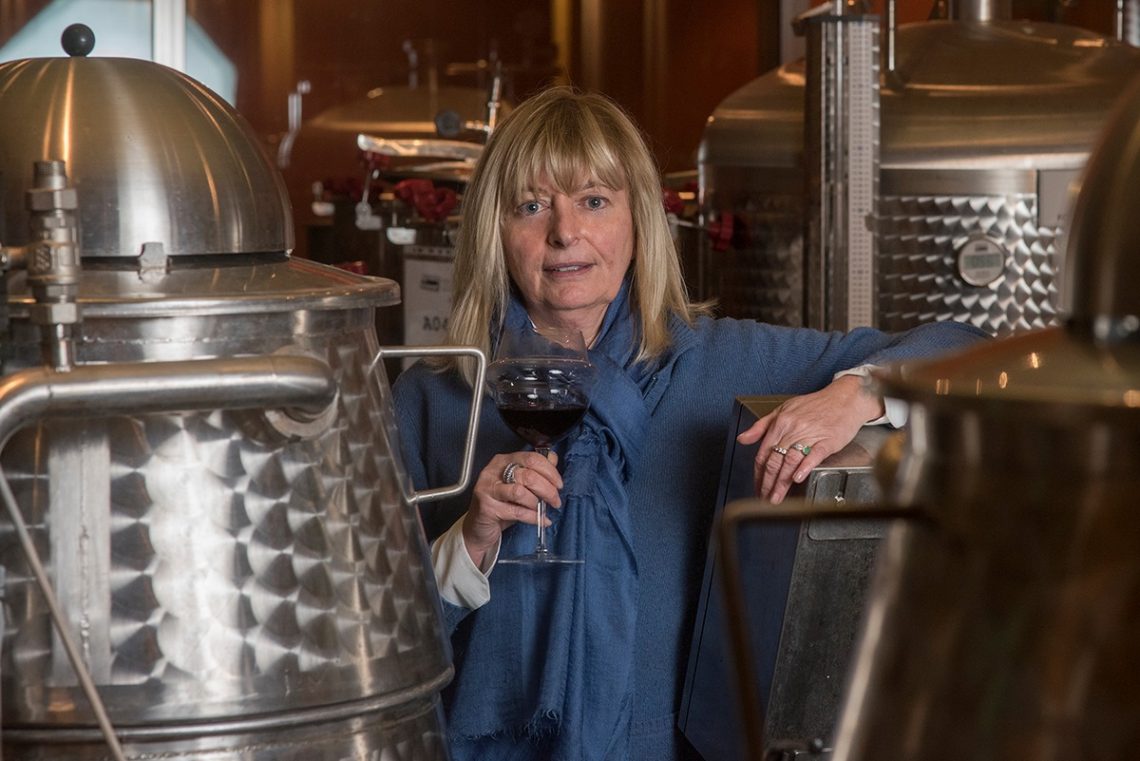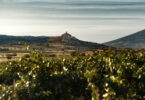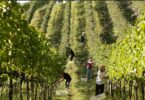The Wolf Post, supported by a Cultural Association, offers a professional service with free access, without subscription.
For this reason, a donation would also be a sign of appreciation for our work.
The cellar is the beating heart of the company where the manual skills of the operators and the knowledge of the winemaker merge. Of course, today, technology is an indispensable element which, however, according to some, has taken poetry away from a work that is lost in the mists of time.
We ask the oenologist Dora MarchI for her opinion on the matter.
What is your opinion on the statement: “Wine is no longer made in the vineyard, but only in the cellar”? A cliché sentence or does it hide a grain of truth?
The work philosophy of our team is completely the opposite. For us, the grapes, the vineyard, the territory, the soil and the winegrower who takes care of the environment count.
Wine is made in the vineyard, in the cellar we must preserve and highlight what the vineyard has produced.
Man, through the care of the vineyard and thinning, can improve the quality of the wine and make a wine of excellence. The territory, however, is fundamental and only some areas will be able to produce wines characterized by longevity. Longevity is given by a whole series of microelements and substances, which the plant absorbs from the soil. It will be the roots of the plant and the mycorrhizae to allow the plant to absorb these substances and to produce grapes and therefore wines rich in these elements.
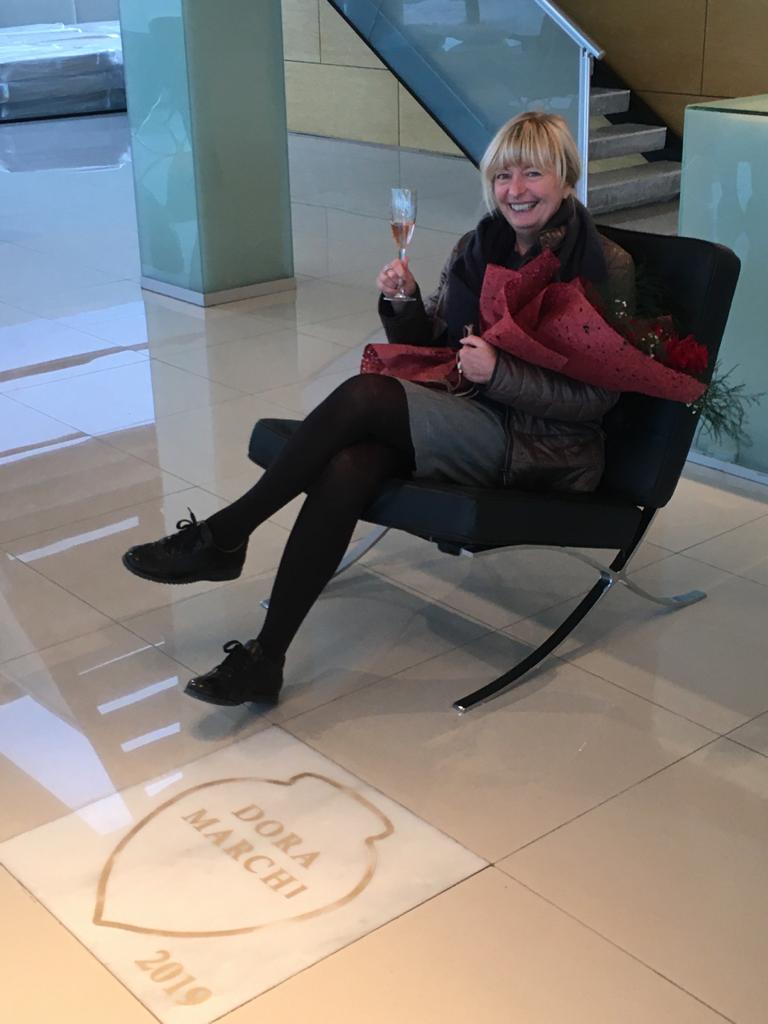
© Dora Marchi Enologa
How much has technology in the cellar improved and how depersonalized the work of the winemaker?
Certainly some technologies have made it possible to improve the wine and, above all, to respect the grapes and preserve their quality. Above all, it is the knowledge and study of the phenomena underlying the different stages of vinification and aging that have allowed us to improve.
The cold technology has allowed us to preserve the grapes and the wines. The use of presses and soft pressing cycles have ensured that the grapes are not mistreated and the must is cleaner and richer in antioxidants and aromatic precursors. Another leap forward was made with the new generation of destemmers that detach the grape from the stalks without breaking it. Furthermore, the use of inert gases has allowed us to avoid contact with the air in some stages of winemaking and aging.
So, technology is welcome when it allows you to respect the grapes and make wine without having to intervene with impacting treatments such as clarification, excessive filtration, or the use of additives and adjuvants.
The study of the grape and the phenomena of winemaking, refining and bottling has allowed us to use technologies such as cold, gas control and to prevent a whole series of phenomena, avoiding chemical treatments and has allowed us to use fewer additives and even less sulfur dioxide.
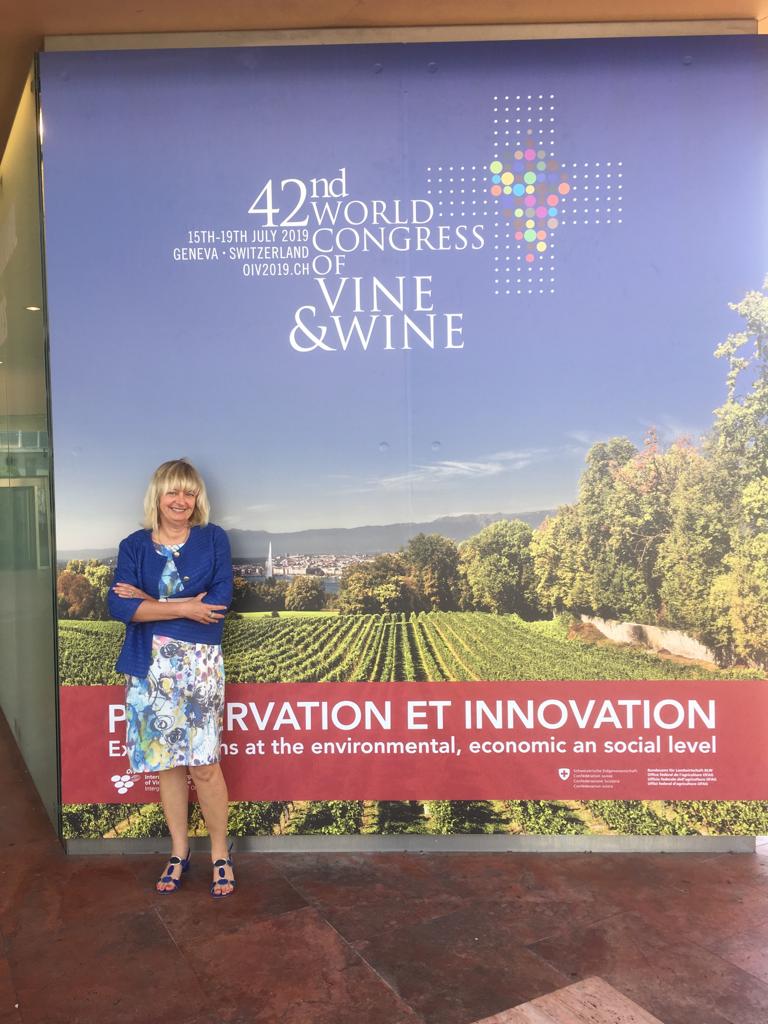
© Dora Marchi Enologa
According to your experience, which technological tool today is impossible to give up?
Certainly, the cold technology and the use of inert gases.
What are the main criticalities of a winery and what is your modus operandi to solve them?
Definitely, hygiene and cleanliness. The first thing that must be taught to the cellarman and the oenologist is that wine is a food product and, like all food companies, the cellar must have and respect very specific hygiene rules in all stages of processing, from grape harvest, bottling and even after.
It is essential to build the cellar in a way that is easy to keep clean. It is necessary to inform and train the staff of which are the critical points in the various stages of processing.
Too many problems arise from poor cellar management, contamination of yeasts such as brettanomyces, or heterolactic and acetic bacteria.
Good hygiene practice allows us to use less sulfur dioxide, whose main function is antiseptic.
It is also easier when working in a clean and tidy cellar.
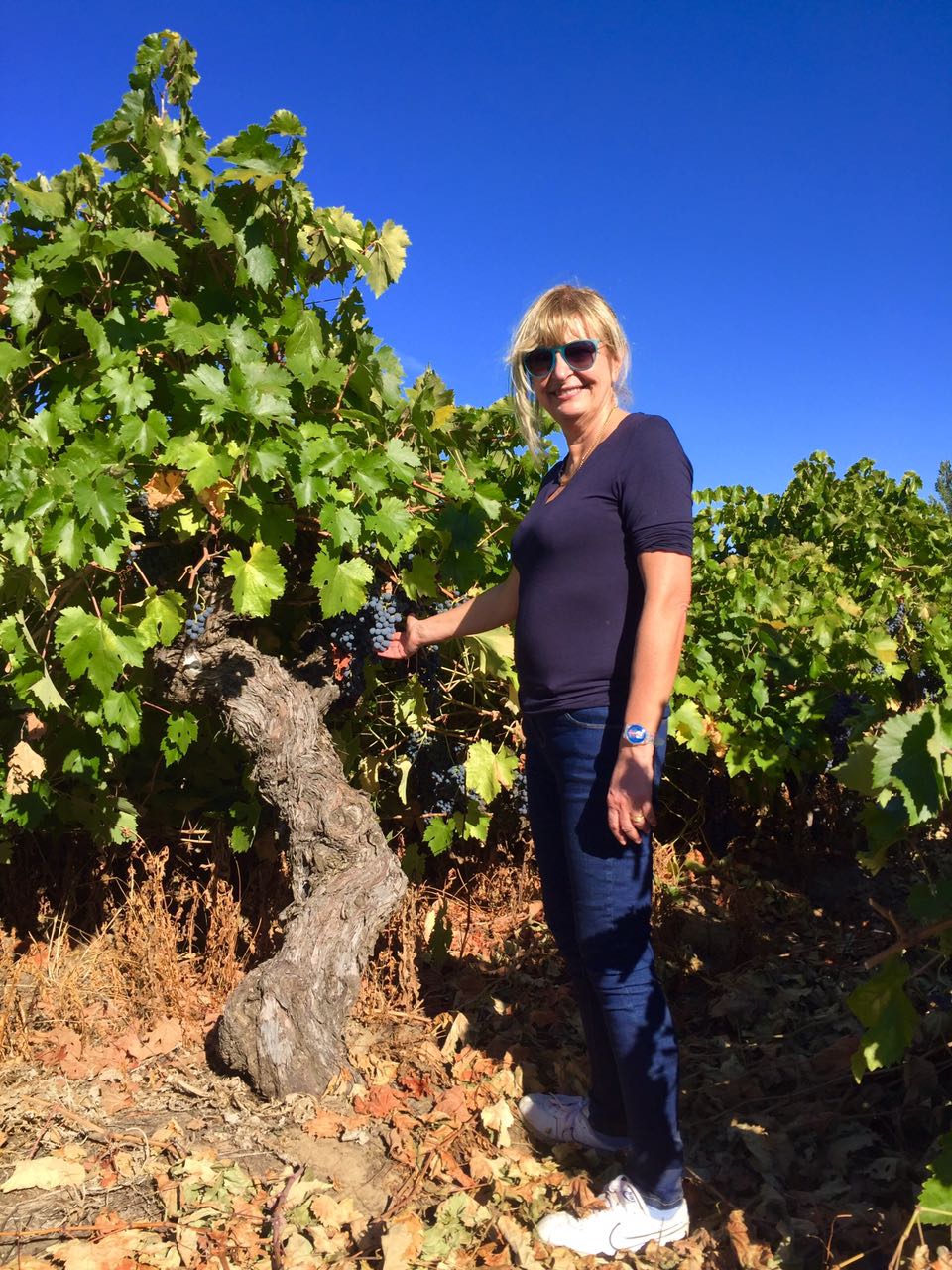
© Dora Marchi
In your imagination, how should your ideal cellar be structured? Did you manage to find it in any company?
I would like a cellar that works completely by gravity, minimizing the use of pumps especially to move grapes, crushed grapes and pomace. That it had an ideal temperature control for the different containers and an efficient control of the temperature and humidity of the different environments.
A winery that used both optical and manual grape selection systems. Systems that allow discard unripe grapes and in any case allow selection.
The selection of the grapes is important, essential for making quality wines. It is becoming more and more important in this era of climate change, which sees more and more ripe grapes in the same cluster, next to grapes with different degrees of maturity or immature.
The selection of the grapes allows to obtain a greater homogeneity and to discard the grapes with unripe tannins that will lead to sensations in the wine of dry and dry and bitter.
Fortunately, there are wineries that use gravity processing and also grape selection. Not necessarily they are wineries with an innovative design and built by renowned architects. They are certainly beautiful cellars, but above all functional.


